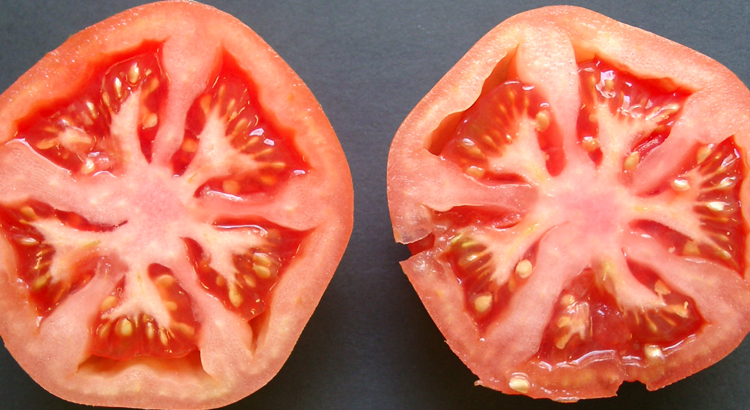Authors: María Teresa Gómez-Sagasti, Lur Epelde, Mikel Anza, Julen Urra, Itziar Alkorta, Carlos Garbisu
Journal: Journal of Hazardous Materials
Vol: 364, 591-599
Date: 2019
The application of nanoscale zero-valent iron particles (nZVI) for the remediation of contaminated sites is very promising. However, information concerning the ecotoxicity of nZVI on soil microbial communities and, hence, soil quality, is still scarce. We carried out a three-month experiment to evaluate the impact of the application of different concentrations of nZVI (from 1 to 20 mg g DW soil−1) on soil microbial properties in a clay-loam versus a sandy-loam soil. Data on microbial biomass (total bacteria and fungi by qPCR, microbial biomass carbon), activity (β-glucosidase, arylsulphatase and urease activities), and functional (Biolog Ecoplates™) and structural (ARISA, 16S rRNA amplicon sequencing) diversity evidenced that the sandy-loam soil was more vulnerable to the presence of nZVI than the clay-loam soil. In the sandy-loam soil, arylsulphatase activity and bacterial abundance, richness and diversity were susceptible to the presence of nZVI. The high content of clay and organic matter present in the clay-loam soil may explain the observed negligible effects of nZVI on soil microbial properties. It was concluded that the impact of nZVI on soil microbial communities and, hence, soil quality, is soil dependent.




